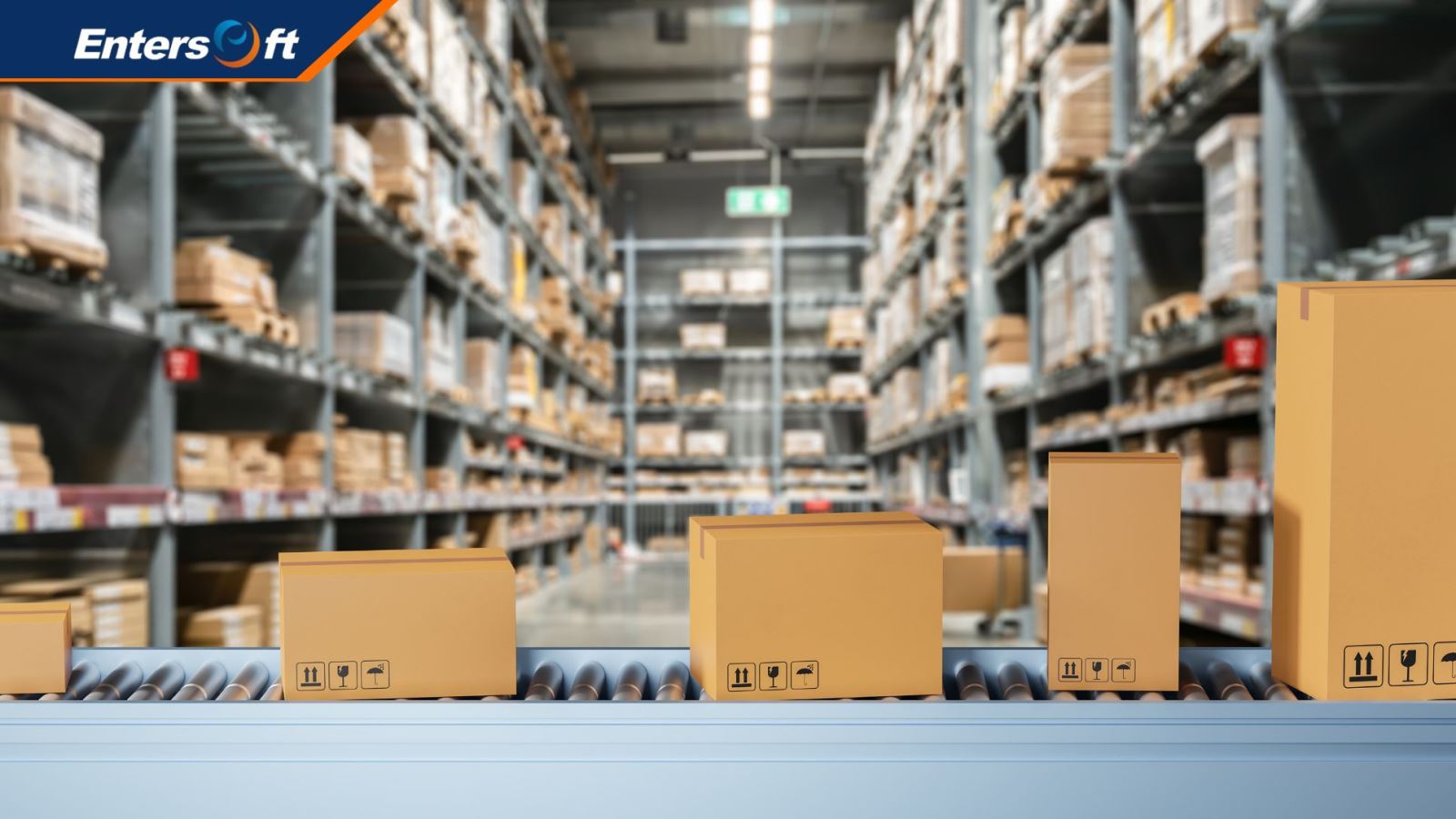The Benefits of EnterAccount Software in Prodution and Distribution Business
Discover the functions of EnterAccount Software in manufacturing and distribution businesses to optimize financial management.
Production accounting is a field of management accounting that involves monitoring and analyzing costs related to the production activities of a business. The purpose of production accounting is to provide the management with the necessary information to make strategic decisions regarding resource allocation, production planning, product pricing, quality control, and efficiency improvement.

The tasks of production accounting include activities related to recording, controlling, and reporting financial information during the production process of a business. Production accountants must have a good understanding of the company's production process to comprehend and record all financial transactions that occur within this process.
Specifically, the tasks of production accounting include:
- Identifying direct costs (direct materials, direct labor) and indirect costs (overhead costs) related to the production process.
- Calculating material waste rates, labor rates, and overhead rates to allocate indirect costs to products or orders.
- Generating production cost reports by period, by product, by department, or by activity to monitor the performance and efficiency of the production process.
- Coordinating with other departments within the business such as financial accounting, tax accounting, cost accounting, sales accounting, inventory accounting, procurement accounting, etc., to ensure the consistency and accuracy of accounting data.
- Participating in internal audits, external audits, and compliance with legal regulations regarding production accounting.
The process of creating production accounting records is one of the important tasks of accountants within a business. Production accounting records are documents that record activities related to the production process, such as raw material costs, labor costs, machinery costs, maintenance fees, allocation of overhead costs, and product costs. Production accounting records help businesses control production situations, evaluate operational efficiency, and prepare financial reports.
The process of creating production accounting records includes the following steps:
The process of creating production accounting records must be carried out accurately, completely, and timely to accurately reflect the business's production situation and provide the necessary information for management and decision-making.
The process of creating production accounting records may vary depending on the specific business and the accounting requirements of each manufacturing industry. Accountants need to have a clear understanding of their company's workflow and adhere to accounting regulations applicable to the industry in which the business operates.
In conclusion, production accounting not only ensures accurate and clear recording of production activities but also plays an important role in providing financial information and strategic management for businesses. With expertise and in-depth knowledge of the production process and accounting, production accountants help make intelligent decisions and optimize the business's performance.
Discover the functions of EnterAccount Software in manufacturing and distribution businesses to optimize financial management.
Production cost and calculating production cost are important aspects of the business process of a company. To ensure competitiveness and achieve maximum profitability, businesses need to have a clear understanding of cost factors and how to calculate costs in production.
In this article, we will explore the process of product costing and the specific steps to carry it out. From identifying the components of production costs to applying rational pricing methods, we will delve deep into this process to understand and effectively implement it.
There are several different inventory management methods, each with its advantages, disadvantages, and varying impacts on business outcomes. In this article, we will explore the differences among the common forms of inventory management in the manufacturing industry: FIFO (First-In, First-Out), LIFO (Last-In, First-Out), and WAC (Weighted Average Cost).
This article will present and analyze common accounting methods, helping readers understand how each method operates. We will explore how these methods are applied in practice and their crucial role in financial management.
The article will also answer important questions about the depreciation period of fixed assets. Let's delve deeper into this important method and the significance of depreciating fixed assets in the business process.
This article will provide an overview of corporate income tax settlement, delve into its key aspects, and offer a comprehensive insight into the process of tax settlement in today's business environment.